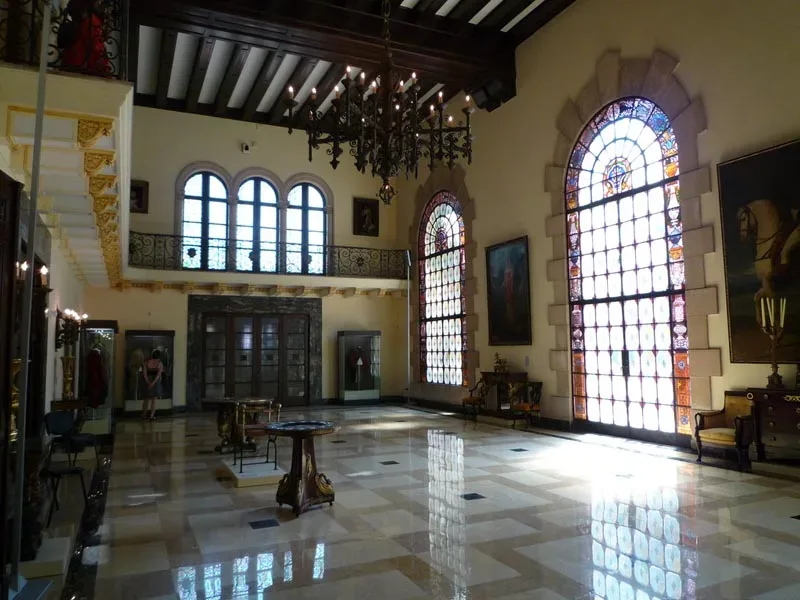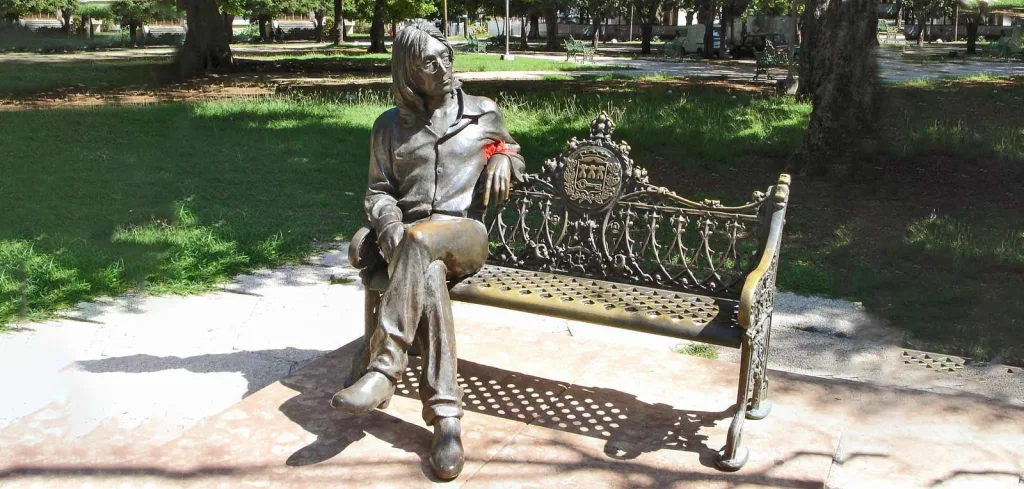In Cuba, Traditional Popular Crafts are closely linked to Spanish and African roots and are part of Cuban culture, encompassing all manual skills and production. It comes to have utilitarian, ornamental and even ritual values. Like Havana is a city in constant movement as the nation’s capital, it offers foreigners a wide range of options that are from beaches, culture, art and history, as well as the possibility of acquiring handcrafts as a souvenir of their stay on the island.
There are essential places if you want to find a craft fair, such is the case of the Almacenes San José in front of the old seminary of San Carlos, where hundreds of vendors, many of them creators, offer the most dissimilar jewels of Caribbean handcrafts on a daily basis.
There are several spaces for the commercialisation of this type of products, endorsed by their quality, for the members of the Cuban Association of Artisan Artists (ACAA) or those of the Cuban Fund of Cultural Goods (FCBC), who exhibit their works in the main galleries of the cities of the national territory. You can also see shops or private sales points, which treasure true masterpieces that defend a tradition that is passed on from one generation to the next.
But if one reality is evident before the eyes of the visitors, it is the variety of styles of the artists who make decorative objects, which are displayed for potential customers: masks, butterflies, fish, small or large chests and animals in different dimensions, all decorated with an explosiveness of colours that attracts by itself, the gaze of the clients. The variety of shapes made with papier-mâché as the main element, and exhibited on the vendors’ platforms, is enjoyed by adults and children the latter with their eyes focused on dolls and figures of different sizes.
The traditions and motives of the African religion, accumulated over centuries and handed down from generation to generation, are available to tourists in the form of images, figures made from various materials and beaded necklaces where the colours contain their own symbolism, all accompanied by precise explanations from the traders.
The fair also has a space reserved for metal work, with silver and copper as the main protagonists, although ornaments made from a material known as volcanic stone, which are used to make necklaces, bracelets and earrings, are becoming increasingly popular among young people.
Musical instruments are an eye-catcher among tourist who love the island’s sounds. Other attractions include figures and ornaments made of precious wood and jewellery made from seeds, among other items. All these objects are mixed with works of art made on canvas and cardboard, reflecting places of Cuban nature and corners of the centuries-old capital of the island, in some cases also recreating the colonial atmosphere that exists in many parts of the country.
For tourists, taking one or more of these items back to their homes abroad is like taking with them part of the hospitality with which they were welcomed.




